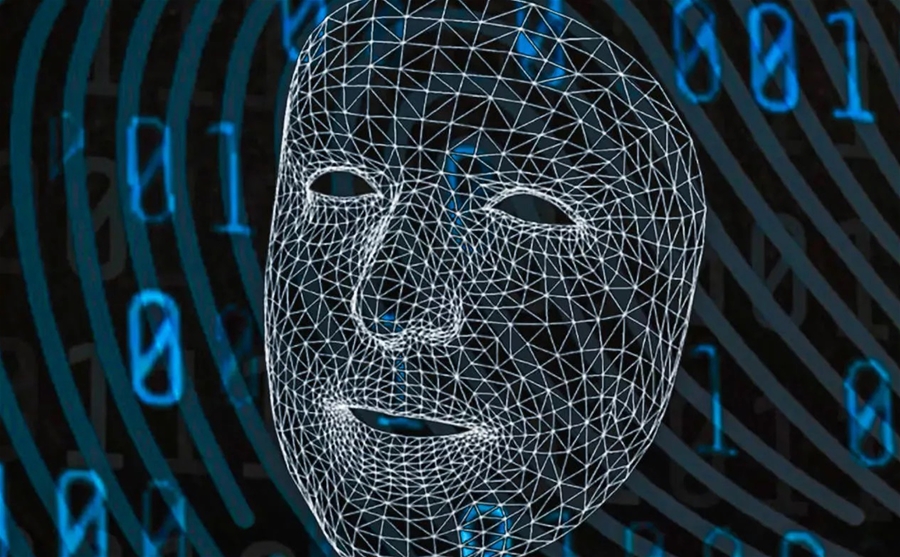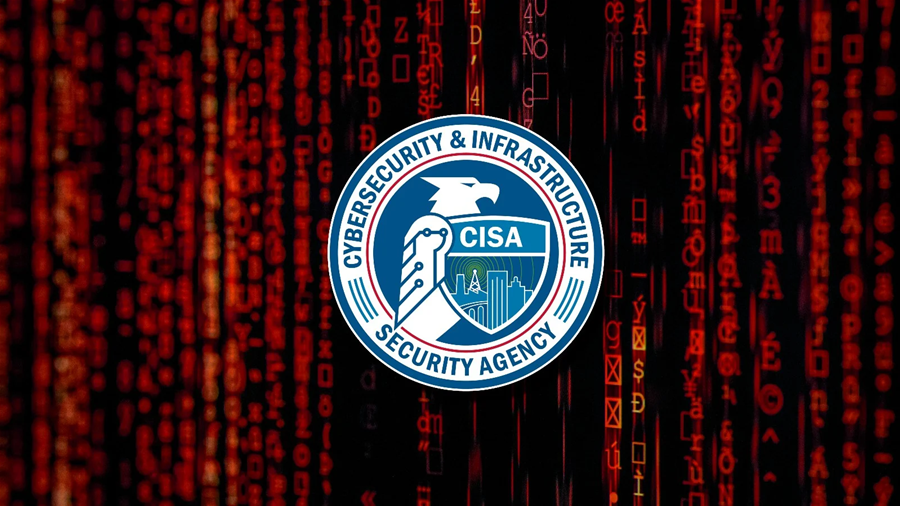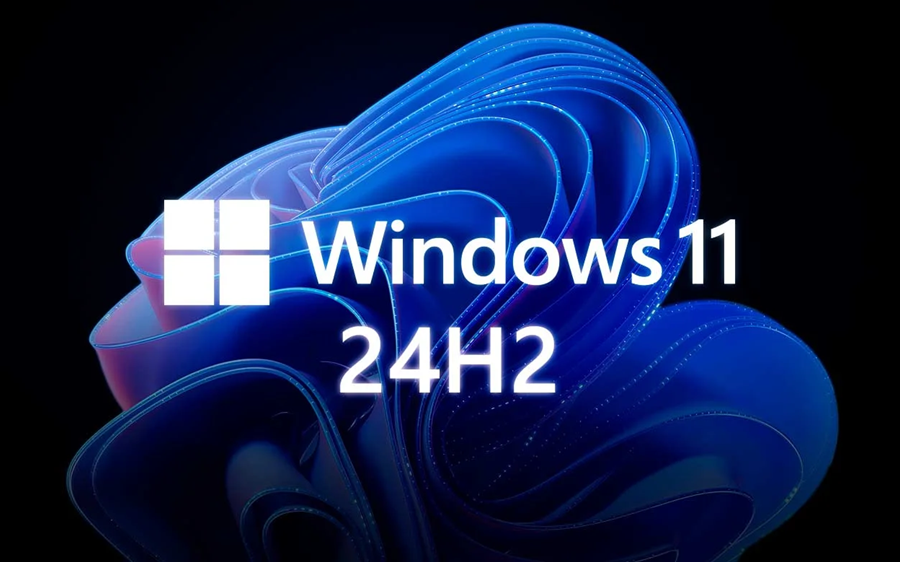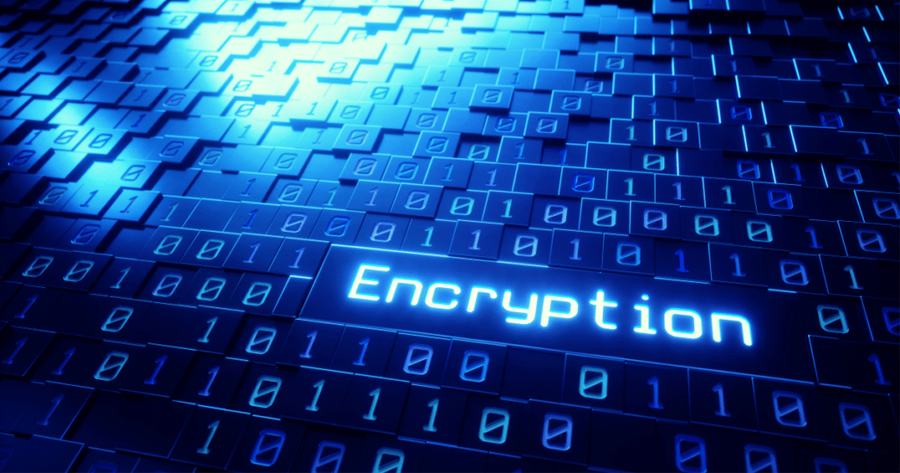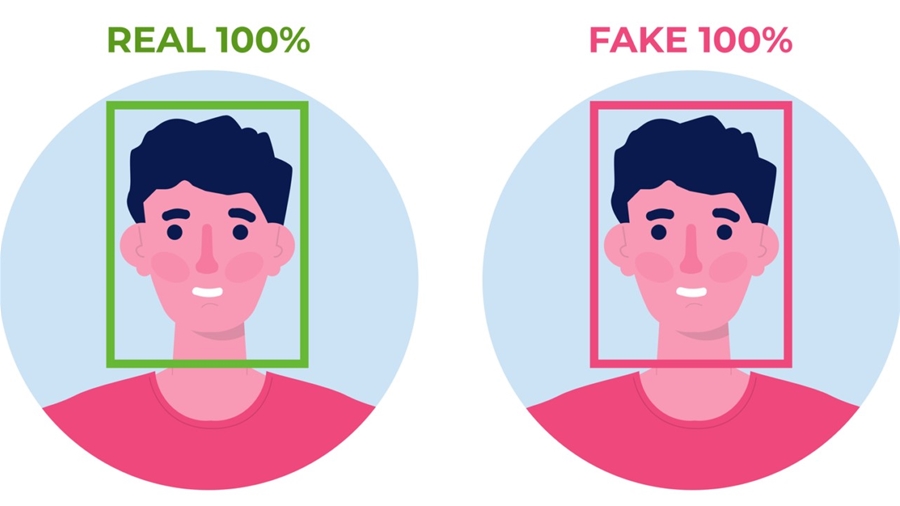Bảo mật dữ liệu tầng vật lý trong mạng truyền tin không dây sử dụng relay theo giao thức Decode-and-Forward và Amplify-and-Forward
Abstract- Beside cryptography algorithms which are based on the upper layers of protocol stack to ensure confidentiality in communication systems, the idea of physical layer security (PLS) in wireless network systems dates back to (in) 1970s. In the past decade, this idea has been studied by many researchers from all around the world. Initially, this method required that the source-destination channel is better than source-eavesdropper channel. However, current advances in technology, especially with the help of relay and beamforming technique the PLS problem is now possible even though the above channel condition is not met. For wireless relay networks, there are two main relaying schemes often employed for physical layer security Decode-and-Forward (DF) and Amplify-and-Forward (AF). In this paper, we present the state-of-the-art of both these techniques in physical layer security and some future research directions related to them.
|
Tài liệu tham khảo [1] Bloch, M., Barros, J. “Physical-layer Security: From Information Theory to security Engineering”, Cambridge University Press (2011). [2] Boyd, S., Vandenberghe, L “Convex optimization. Cambridge”, U.K. Cambridge Press (2004). [3] Charnes, A., Cooper, W.W. “Programming with linear fractional functionals”. In: Naval Res. Logist. Quart, vol. 9, pp. 181–186 (Dec 1962). [4] Csiszár, Korner, J.: Broadcast channels with confidential messages. IEEE Trans. Inf. Theory 24(3), 339–348 (May 1978). [5] Dong, L., Han, Z., Petropulu, A., Poor, H.: Improving wireless physical layer security via cooperating relays. IEEE Trans. Signal Process 58(3), 1875–1888 (March 2010). [6] Dong, L., Han, Z., Petropulu, A., Poor, H. “Amplify-andforward based cooperation for secure wireless communications”. In Acoustics, Speech and Signal Processing, 2009. ICASSP 2009. IEEE International Conference on. pp. 2613–2616 (April 2009). [7] G. Zheng, K. Wong, A.P., Ottersten, B. “Collaborativerelay beamforming with perfect csi Optimum and distributed implementation”. IEEE Trans. Signal Process Letters 16(4) (Apr 2009). [8] G. Zheng, K. Wong, A.P., Ottersten, B. “Robust collaborative-relay beamforming”. IEEE Trans. on Signal Proc 57(8) (Aug 2009). [9] Golub, G., Loan, C.F.V. “Matrix Computations “(3rd ed).Johns Hopkins University Press (1996). [10] Jing, Y., Jafarkhani, H. “Network beamforming using relays with perfect channel information”. Information Theory, IEEE Transactions on 55(6), 2499–2517 (June 2009). [11] Jorswieck, E., Wolf, A., Gerbracht, S. “Secrecy on the Physical Layer in Wireless Networks”, ch. 20. INTECH (2010). [12] Khisti, A. “Algorithms and architectures for multiuser, multiterminal, and multilayer information theoretic security”. Ph.D. thesis, MIT (2008). [13] Khisti, A., Wornell, G.W. “Secure transmission with multiple antennas: The misome wiretap channel”. IEEE Trans. Inf. theory (Aug 2007). [14] Le Thi, H.A. “DC Programming and DCA”. http://www.lita.univlorraine.fr/ lethi/ [15] Lei Wang, Yue-ming Cai, L.Z., Yang, W. “Secrecy throughput of miso single-eavesdropper ropper networks with imperfect channel state information”. Electronics Letters (15), pp. 1169–1170 (June 2015). [16] Leung-Yan-Cheong, S.K., Hellman, M.E. “The Gaussian wire-tap channel”. IEEE Trans. Inform. theory. Vol. 24(4), pp. 451–456 (July 1978). [17] Li, J., Petropulu, A., Weber, S. “On cooperative relaying schemes for wireless physical layer security”. IEEE Trans. Signal Process Vol. 59(10), pp. 4985–4997 (October 2011). [18] Li, Z., Trappe, W., Yates, R. “Secrete Communication via Multi-antenna Transmission”. In: 41st Annual Conference on Information Sciences and Systems (CISS). pp. 905–910 (2007). [19] Liu, R., Poor, H.V. “Secrecy capacity region of a multiantenna Gaussian broadcast channel with confidential messages”. IEEE Trans. Inform. theory. vol. 55(3), pp. 1235–1249 (Jun 2009). [20] Lun Dong, Z.H., Petropulu, A., Poor, H.V. “Secure wireless communication via cooperation”. In Proc. 46th Annual Allerton Commun., Control, and Computing, Monticello, IL (Sept 2008). [21] Muhammad Fainan Hanif, M.J., Tran, L.N. “Antenna selection with erroneous convaiance matrices under secrecy constraint”. IEEE Transactions on Vehicular Technology (2015). [22] Oggier, F., Hassibi, B. “The secrecy capacity of the MIMO wiretap channel”. IEEE Trans. Inf. theory (Oct 2007). [23] P. K. Gopala, L.L., Gamal, H.E. “On the secrecy capacity of fading channels”. IEEE Trans. Inform. Theory vol. 54(10), pp. 4687–4698 (Oct 2008). [24] Pham Dinh, T., Le Thi, H.A.: Convex analysis approach to DC programming: Theory, algorithms and applications. Acta Mathematica Vietnamica 22(1), 289–357 (1997). [25] R. Liu, I. Maric, P.S., Yates, R.D. “Discrete memoryless interference and broadcast channels with confidential messages: Secrecy capacity regions”. IEEE Trans. Inform. theory. vol. 54(6), pp. 2493–2507 (Jun 2008). [26] Shafiee, S., Ulukus, S. “Achievable rates in gaussian miso channels with secrecy constraints”. In: Information Theory, 2007. ISIT 2007. IEEE International Symposium on. pp. 2466–2470 (June 2007). [27] Siddhartha Sarma, S.A., Kuri, J. “Secure Communication in Amplify-and-Forward Networks with Multiple Eavesdroppers: Decoding with SNR Thresholds”. In: Wireless Pers Commun, Springer New York (2015). [28] Sonee, A., Hodtani, G.A. “On the secrecy rate region of multiple-access wiretap channel with noncausal side informatiion”. IEEE Transactions on infromation forensics and security (6). 2015. [29] Sturm, J.: Using sedumi 1.02: A matlab toolbox for optimization over symmetric cones., opt. methods and software. Special issue on Interior Point Methods 11-12, pp. 625–653 (1999). [30] Tekin, E., Yener, A. “The general gaussian multipole access and two-way wire-tap channels: Achievable rates and cooperative jamming”. Information Theory, IEEE Transactions on 54(6), 2735–2751 (Jun 2008). [31] Tran Thi Thuy, Nguyen Nhu Tuan, L.T.H.A., Gely, A. “DC programming and DCA for enhancing physical via relay beamforming strategies”. In: Lecture Note in Computer Science LNCS, Springer (March 2016). [32] Tuan, N.N., Son, D.V.: DC programming and DCA for Enhancing Physical Layer Security in Amplify-andForward Relay Beamforming Networks Based on the SNR Approach. In: Advances in Intelligent Systems and Computing, Springer International Publishing. pp. 23-33 (June 2017). [33] V. Nassab, S. Shahbazpanahi, A.G., Luo, Z.Q. “Distributed beamforming for relay networks based on second order statistics of the channel state information””. IEEE Trans. On Signal Proc 56(9), 4306–4316 (Sept 2008). [34] Vishwakarma, S., Chockalingam, A. “Decode-and-forward relay beamforming for security with finite-alphabet input”. IEEE Communication Letters 17(5) (May 2013). [35] Wyner, A.D. “The wire-tap channel”. Bell Sys. Tech. Journ. 54, 1355–1387 (1975). [36] Y. Liang, H.V.P., Shamai, S. “Secure communication over fading channels”. IEEE Trans. Inform. Theory 54, pp. 2470– 2492 (June 2008). [37] Y. Yang, Q. Li, W.K.M.J.G., Ching, P. “Cooperative Secure Beamforming for AF Relay Networks With Multiple Eavesdroppers”. In: IEEE Signal Processing Letters. vol. 20, pp. 35–38 (2013). [38] Z. Q. Luo, W. K. Ma, A.M.C.S.Y.Y., Zhang, S. “Semidefinite relaxatiion of quadratic optimization problems”. In: IEEE Signal Processing Mag.,. vol. 27, pp. 20–34 (May 2010). [39] Zhang, J., Gursoy, M. “Collaborative relay beamforming for secrecy”. In: Communications (ICC), 2010 IEEE International Conference on. pp. 1–5 (May 2010). |
Nguyễn Như Tuấn, Đặng Vũ Sơn, Nguyễn Ngọc Cương





